Read Part 1 of the Panama Series:
INTRODUCTION
No disrespect meant to birding in Panama City, but birding around Gamboa is the beginning of the epic birding adventure that I have been so eagerly anticipating. As mentioned in Part 1 this is a border-to-border birding adventure during fall migration. How many species would I count? 400? 500? Would I hit 1000 worldwide? How many USA breeders would I find in Panama that I have yet to see in the USA? We would start with a big one, Pipeline Road. I was not sure if starting with one of the most famous birding hotspots in the Western Hemisphere was a good idea, but that was the plan.
We settled on accommodations at the Gamboa Rainforest Reserve. Another good option is the Canopy Tower. The Canopy Tower is a destination specific to birding with an all-inclusive format which includes expert birding guides. We would be patronizing the Canopy Family properties later in the trip and opted to stay at the Gamboa Rainforest Reserve/Resort. It did not disappoint.
THE GAMBOA RAINFOREST RESORT
About the Resort
The resort sits on 350 acres along the Chagres River. Open since 2000, this luxury property offers excellent value for the traveler looking for a touch of luxury in a wild environment. All the rooms have balconies that look out over the grounds and beyond to the Chagres River. On our early September visit the property was an estimated 30-50% booked over the weekend. To be sure the lobby is 5-star, the rooms are not quite as luxurious as the lobby, but they are clean, comfortable and very adequate. Most importantly they all have 5-star views.
There are on-site dining options including a fantastic lunch buffet. You will take advantage of this as the town of Gamboa has very limited restaurant options.
Resort Tour Options
The resort offers numerous paid group tour options and a free night tour of the property looking for wildlife around the grounds. We went on the aerial tram tour and the boat tour. I think the price was $40 each. Here is my quick evaluation of each tour:
- Free Night Tour: It’s free so by definition if you return intact it is a good value. Don’t expect jaguars, ocelots or pumas. You might see caiman, crocodiles, agouti and other small mammals and reptiles. It only takes an hour, so why not?
- Arial Tram Ride: I think I went into this with too high an expectation on the birding front. The ride was fun, the tower at the top gave amazing 360-degree views over the canal, Chagres River and countryside. Sure, there were some birds but not what I was expecting. There are better ways to spend time birding. I give it a D for birding and a B+ for a nice time.
- Boat Tour: Who doesn’t like to get out on the water for a little adventure? Mind you, this is not a tour focused on birding or even with that as a consideration. The primary objective of this tour is to visit a couple of locations known to the monkies as a good place to get food from homo sapians. Not really my thing, but there are some birding opportunities while moving through the water. I got my lifer Limpkin on the trip and my first Panama Black-necked Stilt.

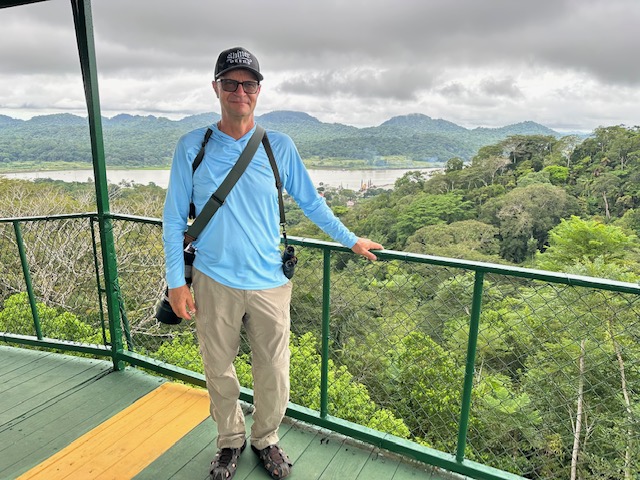
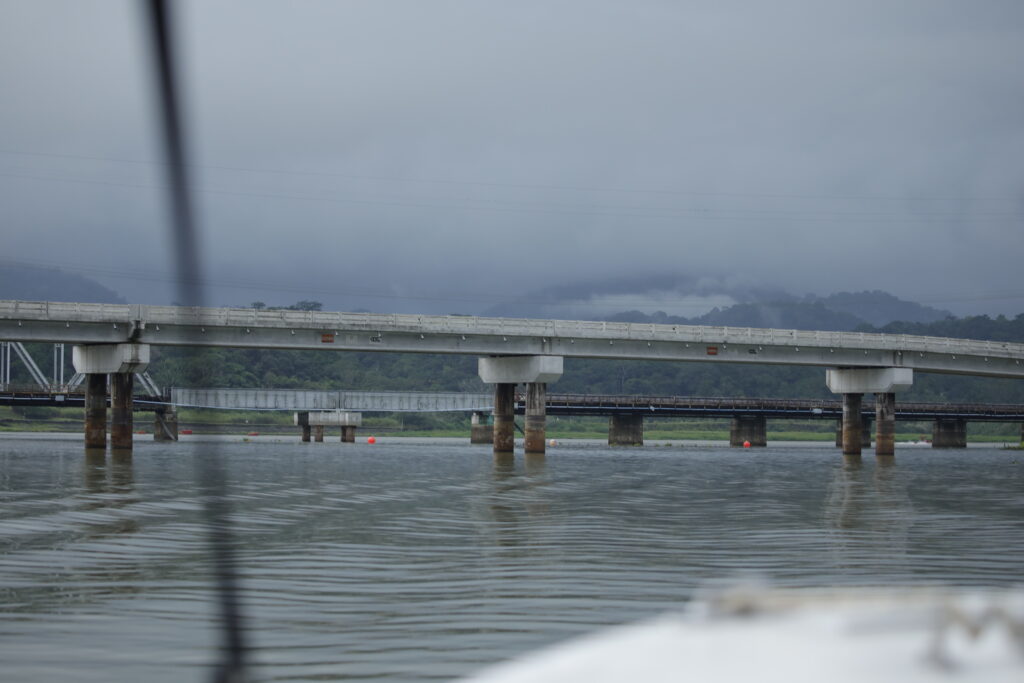
BIRDING AROUND THE GAMBOA RESORT
I am certain that the resort can arrange birding tours or a guide but since we had almost two weeks of paid guides lined up for the near future, we opted to go it alone.
There is a certain feeling that a birder gets when he walks into an unfamiliar habitat and encounters birds that he has never seen or heard before at every turn. I had this feeling as soon as I threw my suitcase on the bed and walked onto the balcony. New birds everywhere. Honeycreepers, ninja chachalacas, bat falcons, woodcreepers, various doves and pigeons. Where do I start?!
While I am no expert on Panama birds, I am not a first timer either. I already had 100+ birds on my Panama list from previous trips to the City and Bocas del Toro. Also, I did some homework on what I might encounter while birding around Gamboa and in the Canal Zone area.
The resort has numerous trails around the property and a marina area offering great jungle and wetland habitat. We took full advantage of our time at the resort and walked many of the trails and spent ample time at the marina.
Here are some of my comments on the hotspots within the resort:
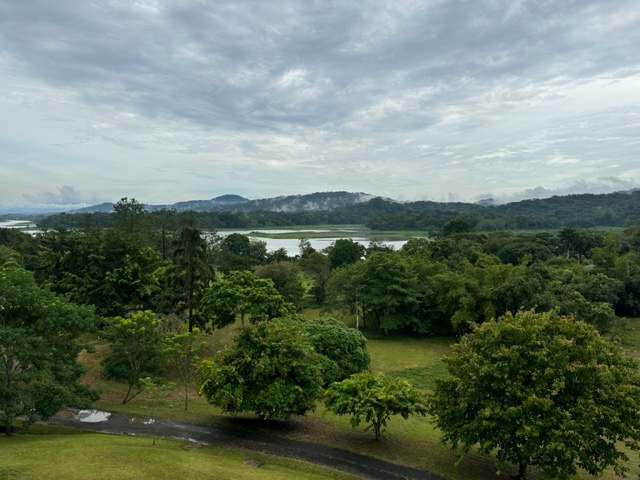
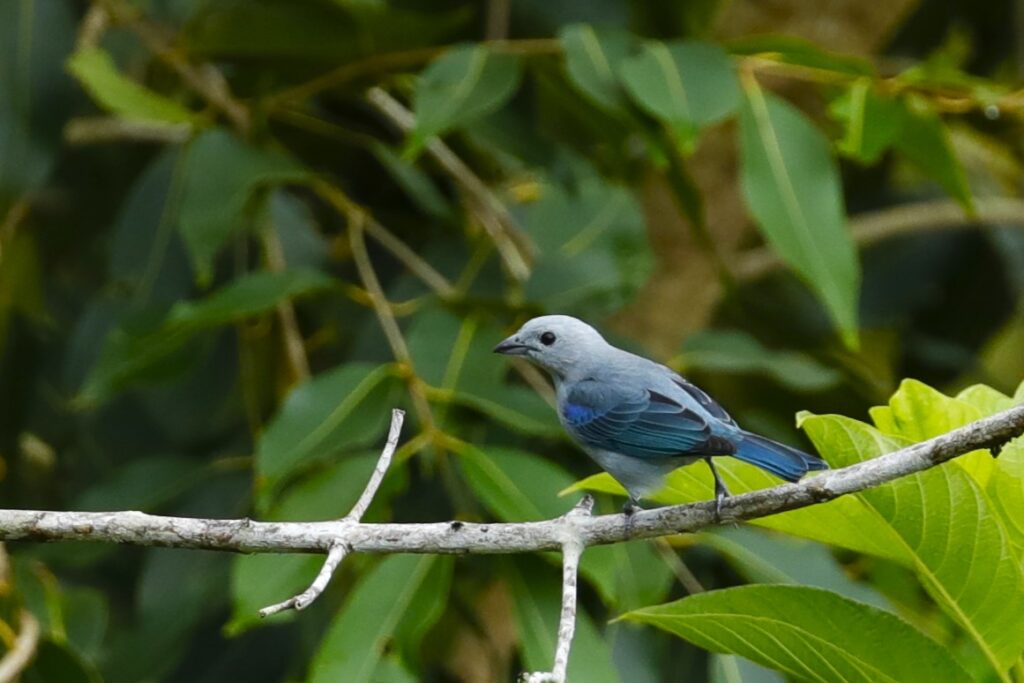
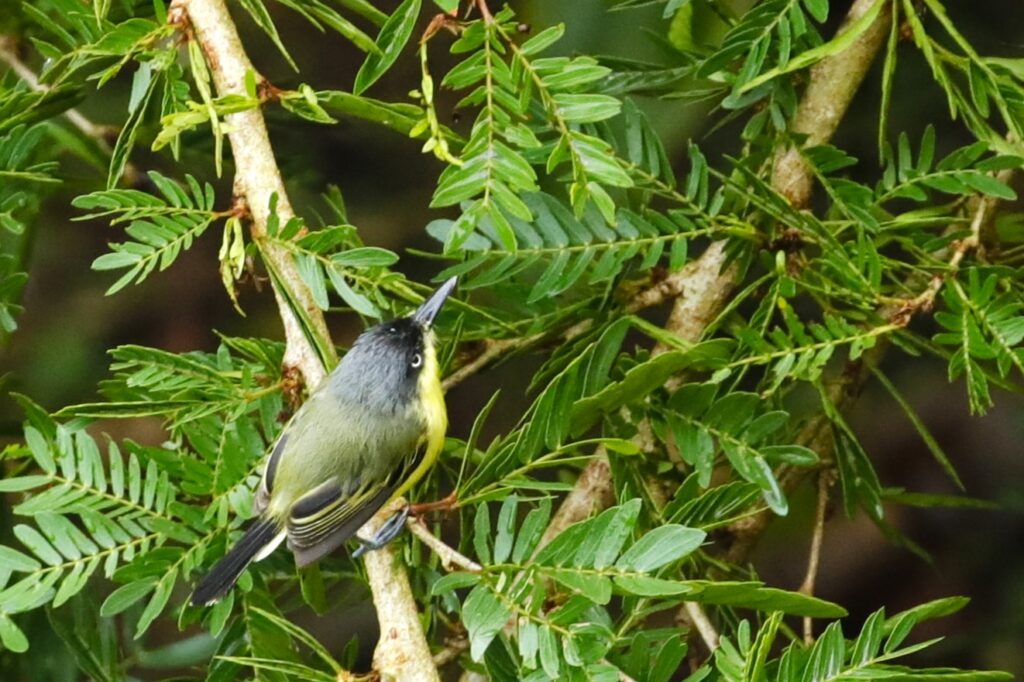
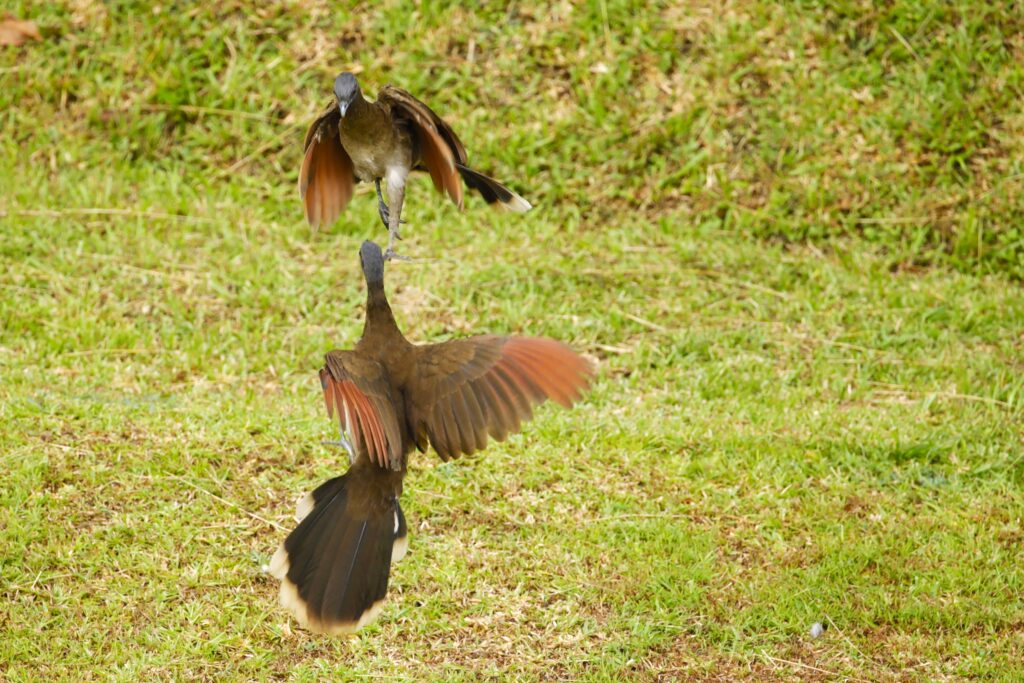
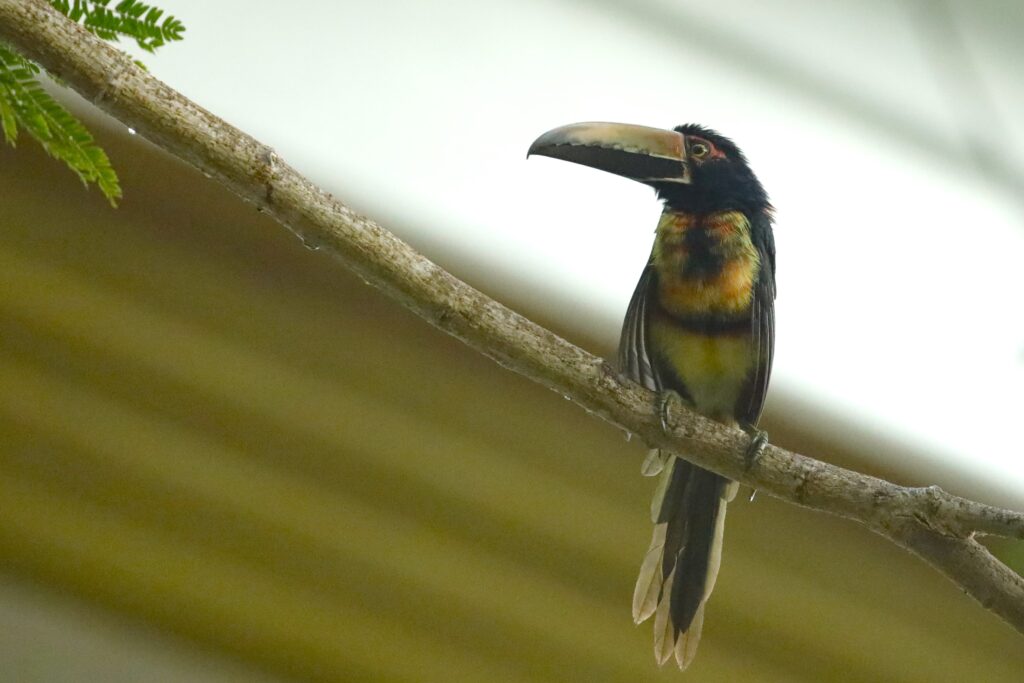
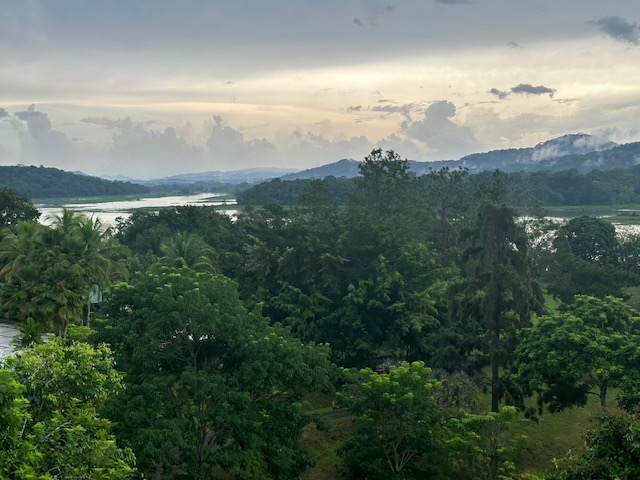
The Marina and Restaurant Poem
A Snail Kite was nesting, in plain sight, as the Purple Gallinules were foraging, ready for flight.
Greater Anis all with purple sheen, make communal nests that can be seen.
A spotted sandpiper and mangrove swallows were easy to photograph, but the American Pygmy Kingfisher, he was having none of that.
Lesser Kiskadees as friendly as chickadees along with Wattled Jacanas pacing the lilies.
Orange-chinned Parakeets, a beautiful site, sit with Piratic Flycatchers, ready for flight.
Enough of that silliness because I don’t want you to lose your willingness to continue.
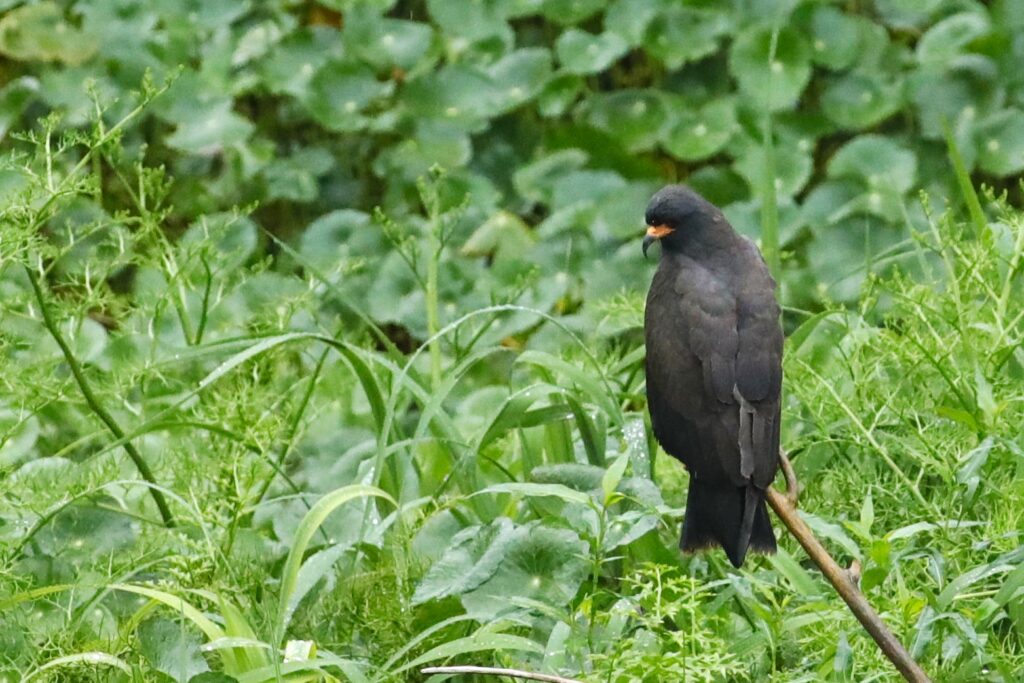
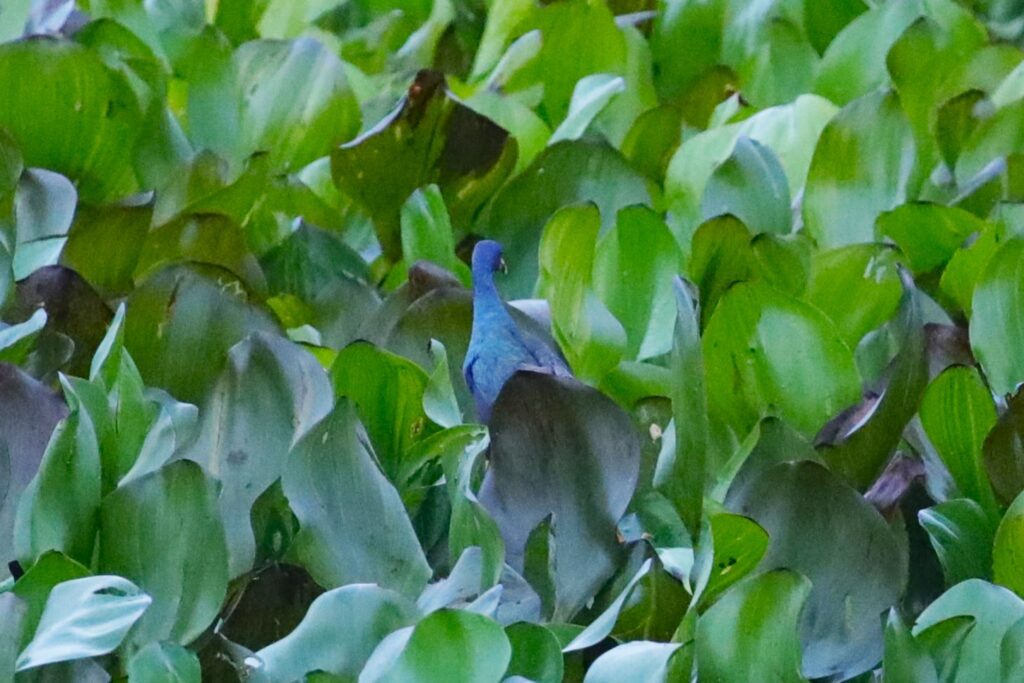
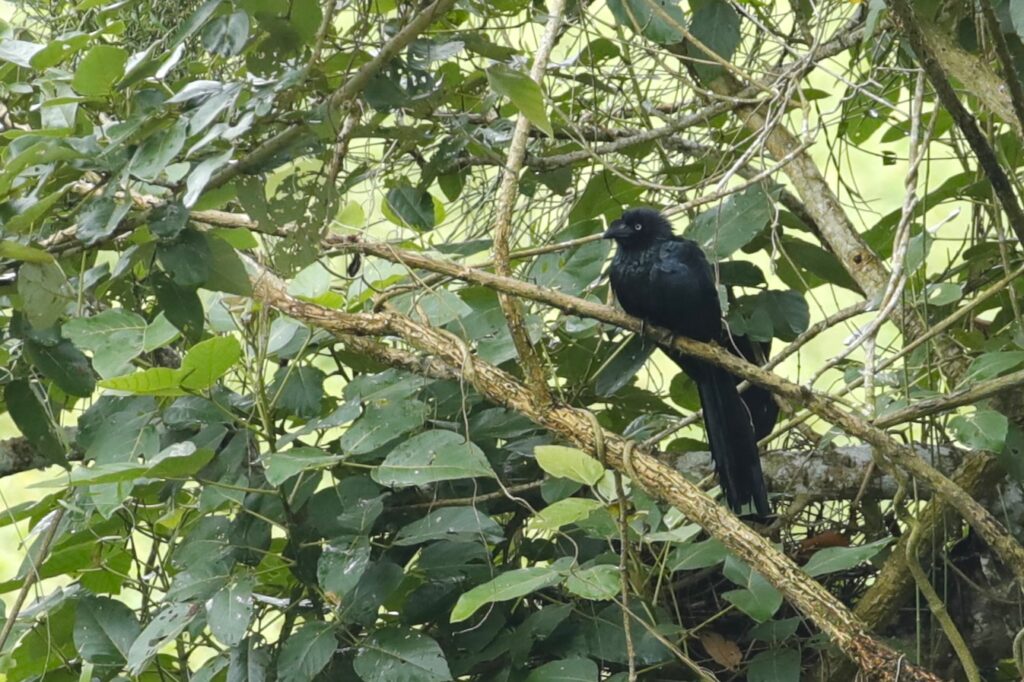
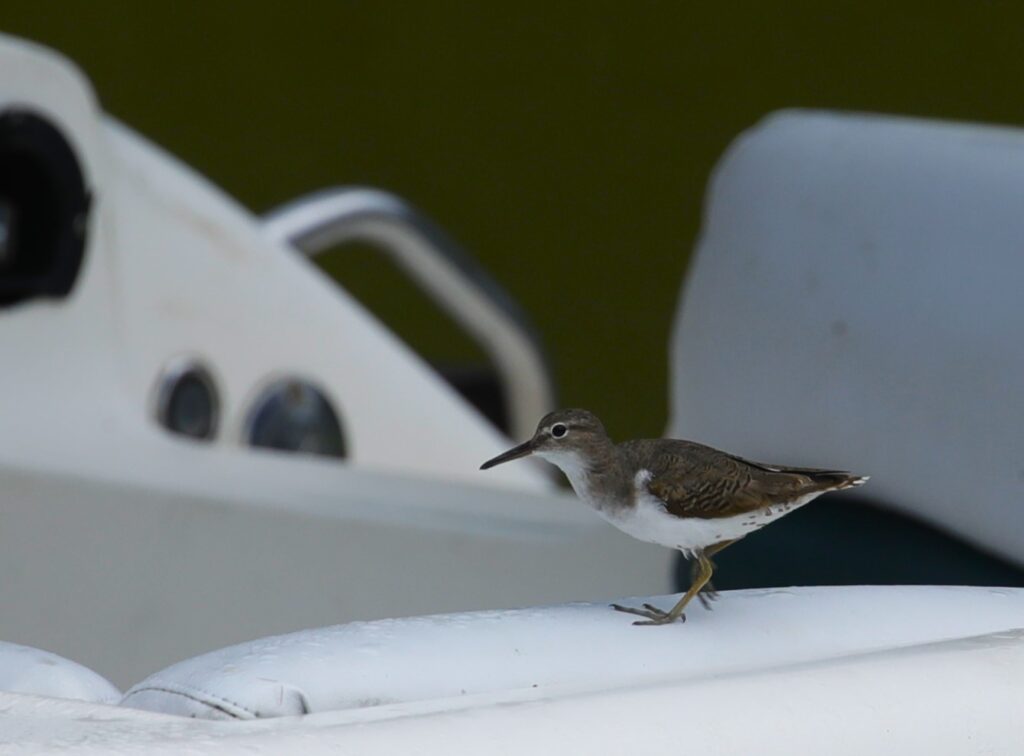
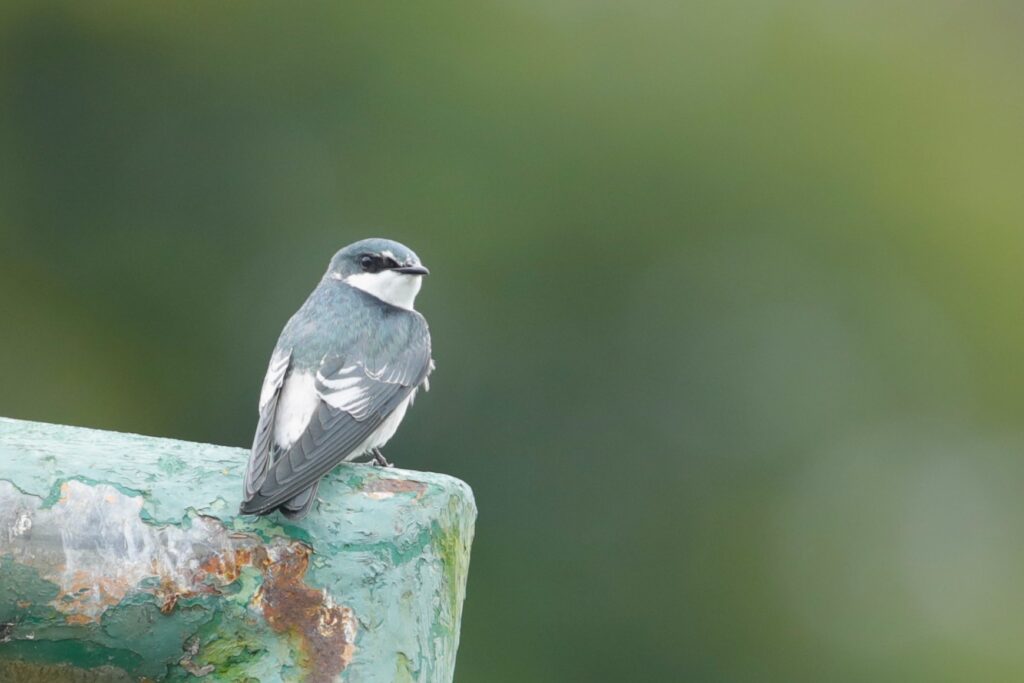
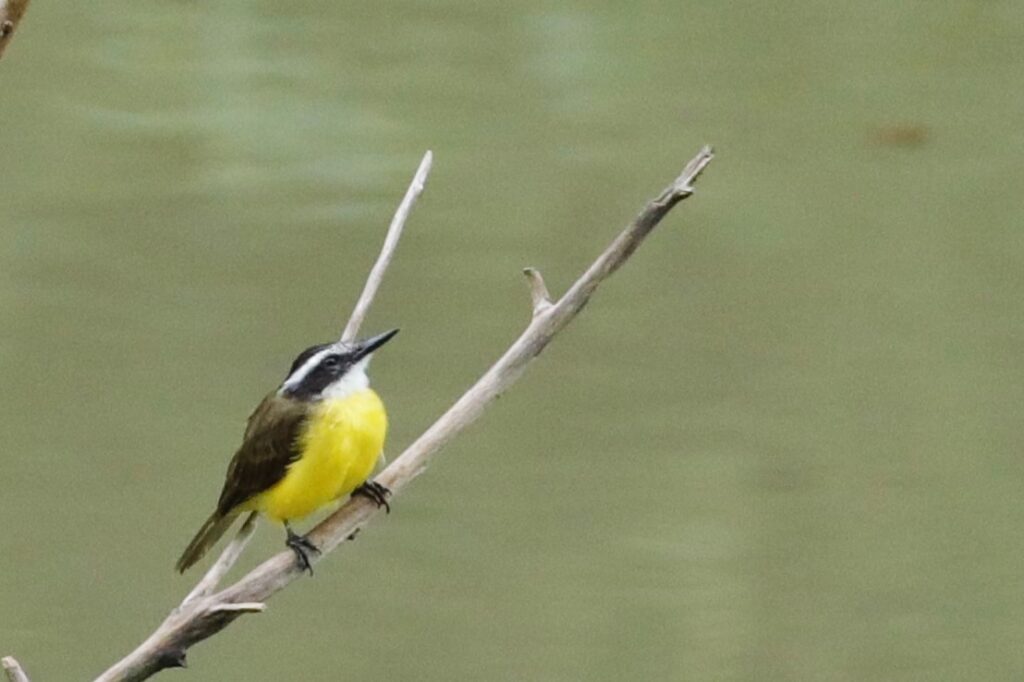
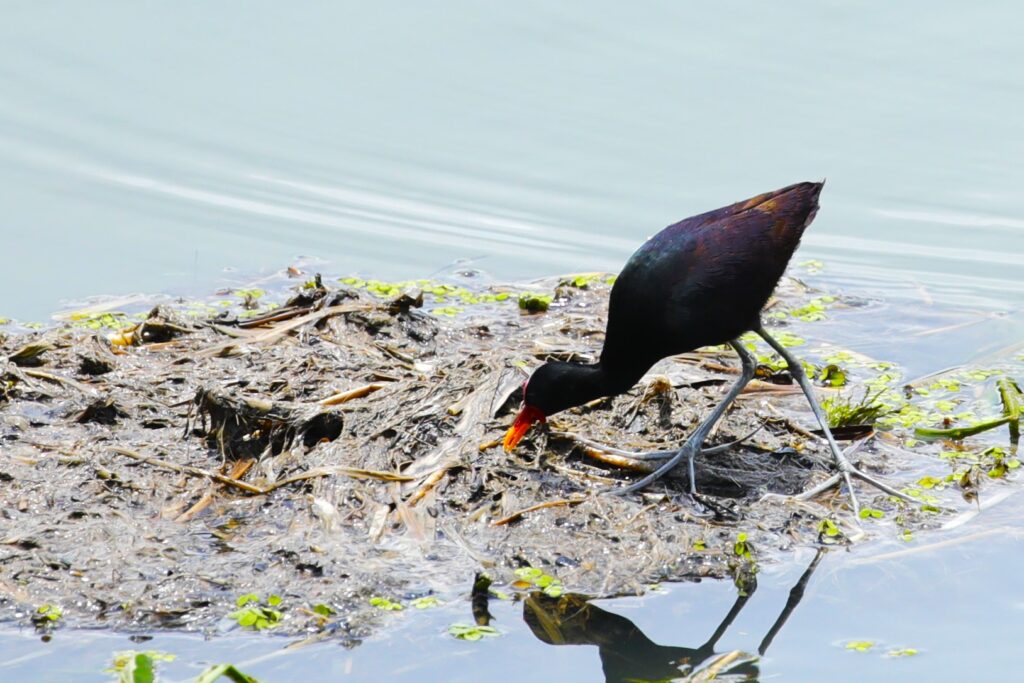
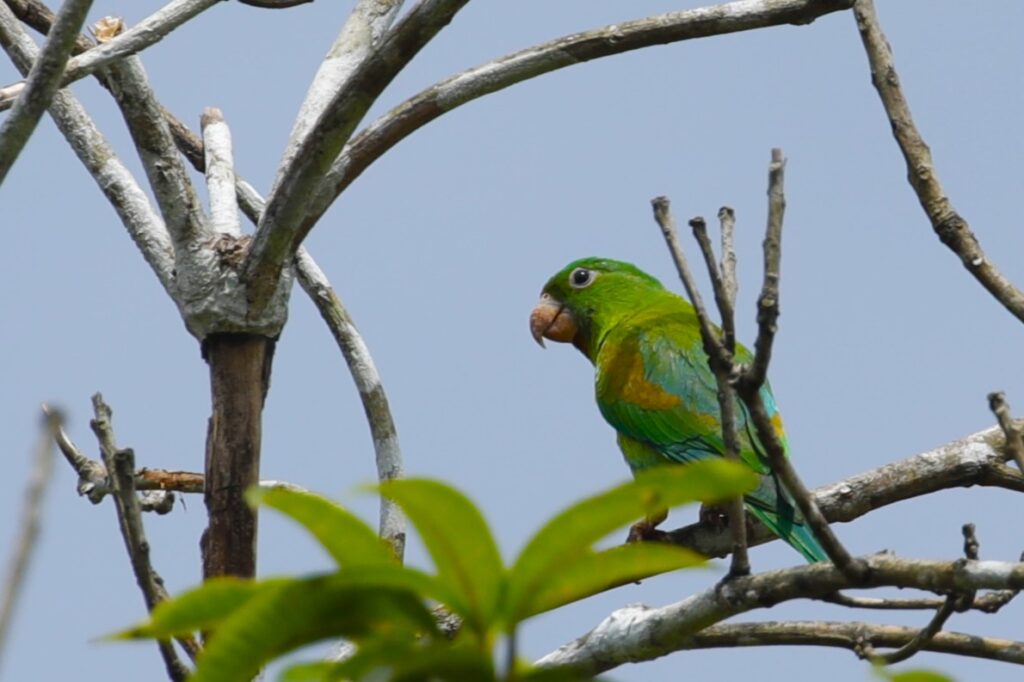
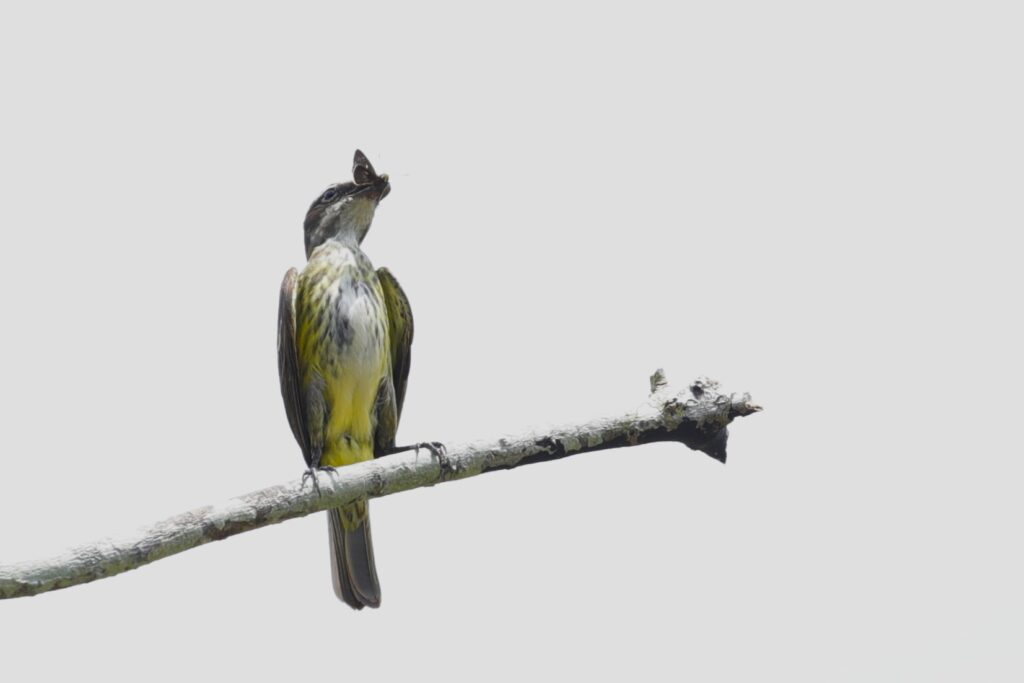
WTP and Lower Grounds
This was a great walk. I got some really good birds here. There was a tree between the end of the marina and the water treatment plant that was clearly a great food source for a variety of birds. Here I saw Lesser Greenlet, Golden-fronted Greenlet, Common Tody-flycatcher, Cinnamon Becard, Thick-billed Euphonia and others. In the water habitat there were great views of a Striated Heron and a quick look at the unmistakable Crane Hawk.
Following the trail around the grounds, which are the view from the rooms, also proved to be a peaceful and productive walk. A rather friendly Faciated Antshrike gave some excellent looks. Also, a new sparrow (black-striped) and a new wren (buff-breasted) graced us.
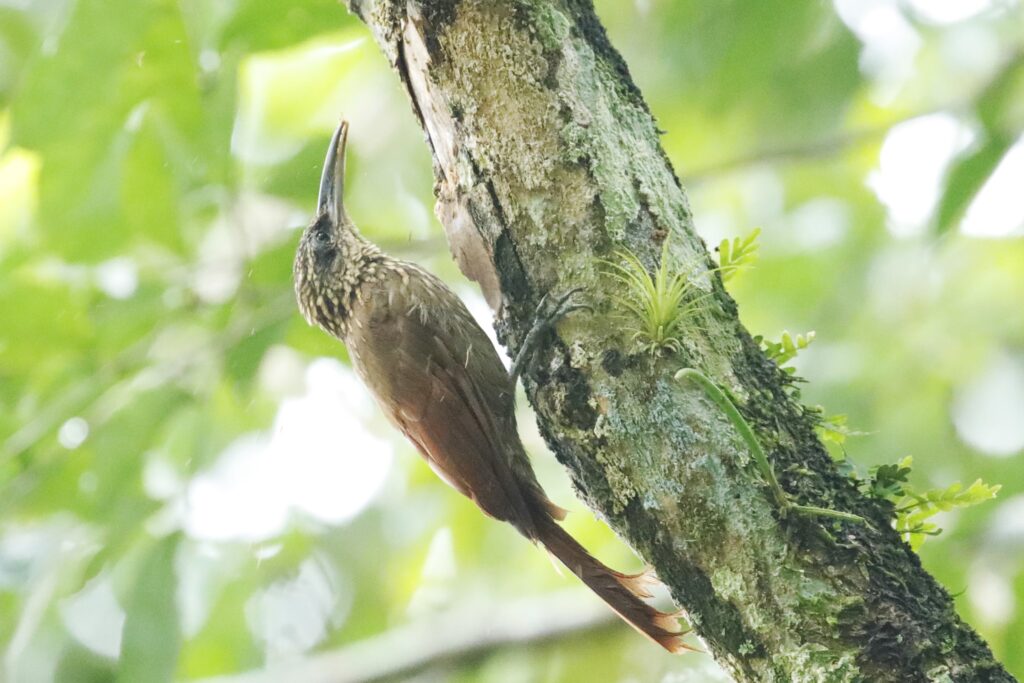
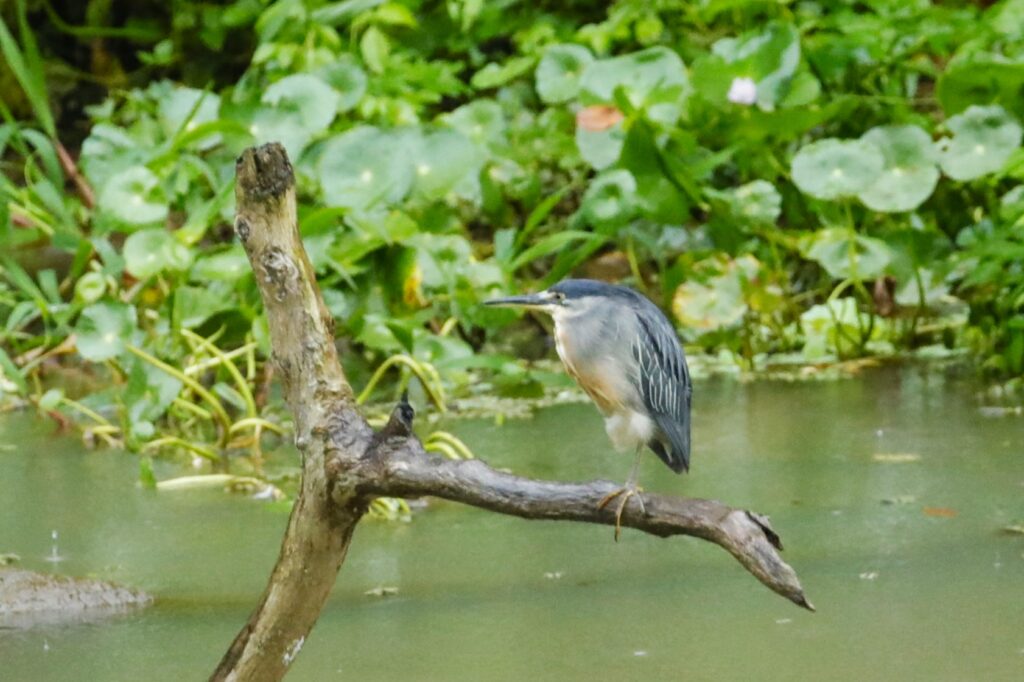
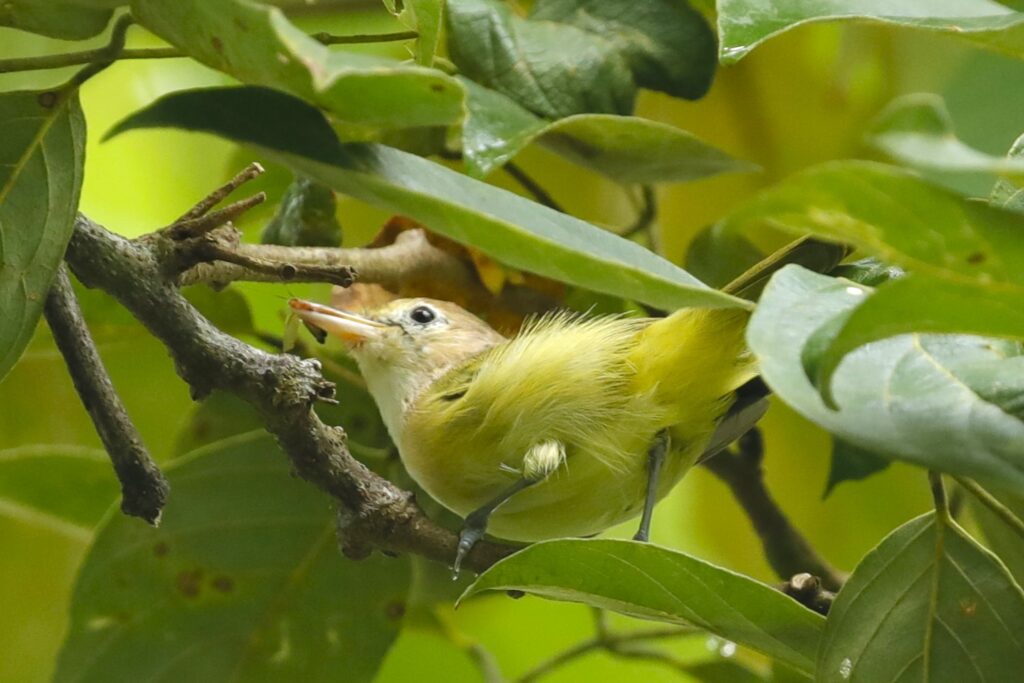
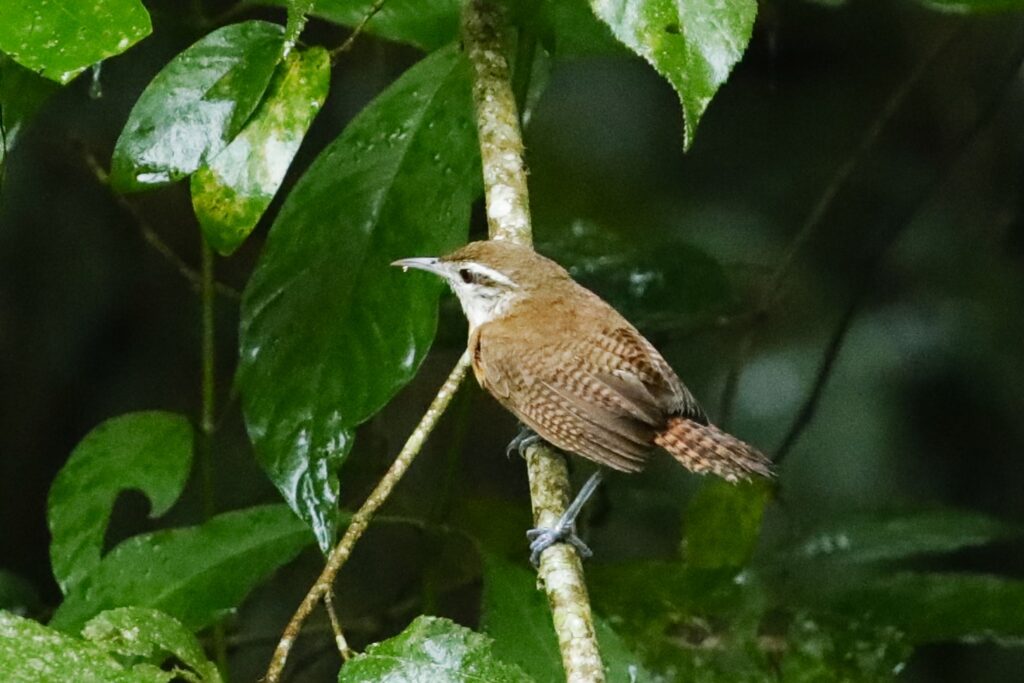
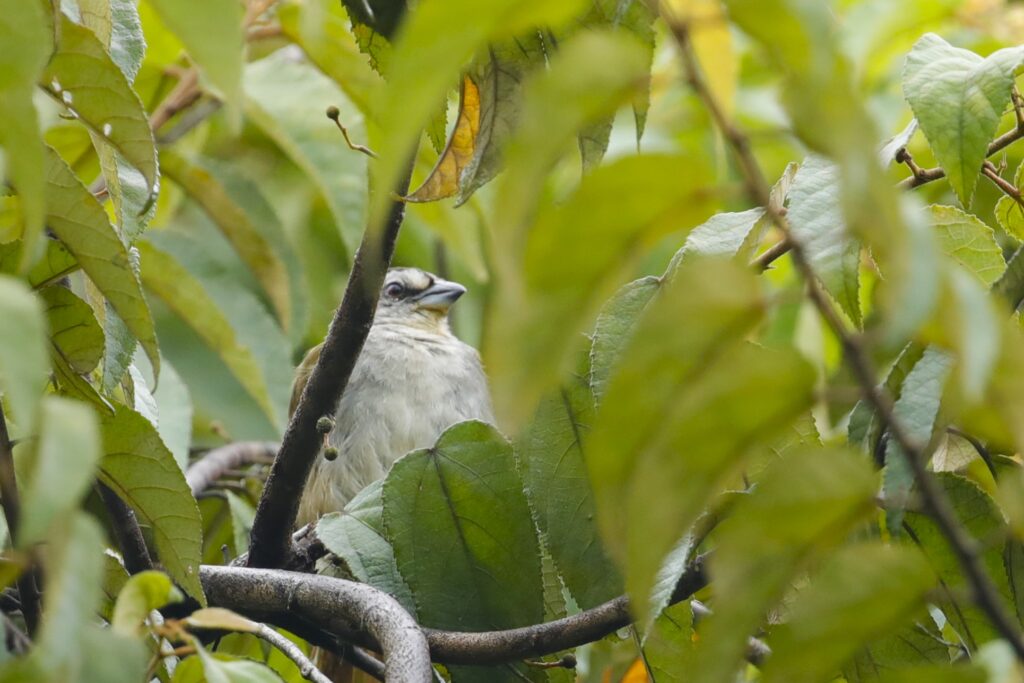
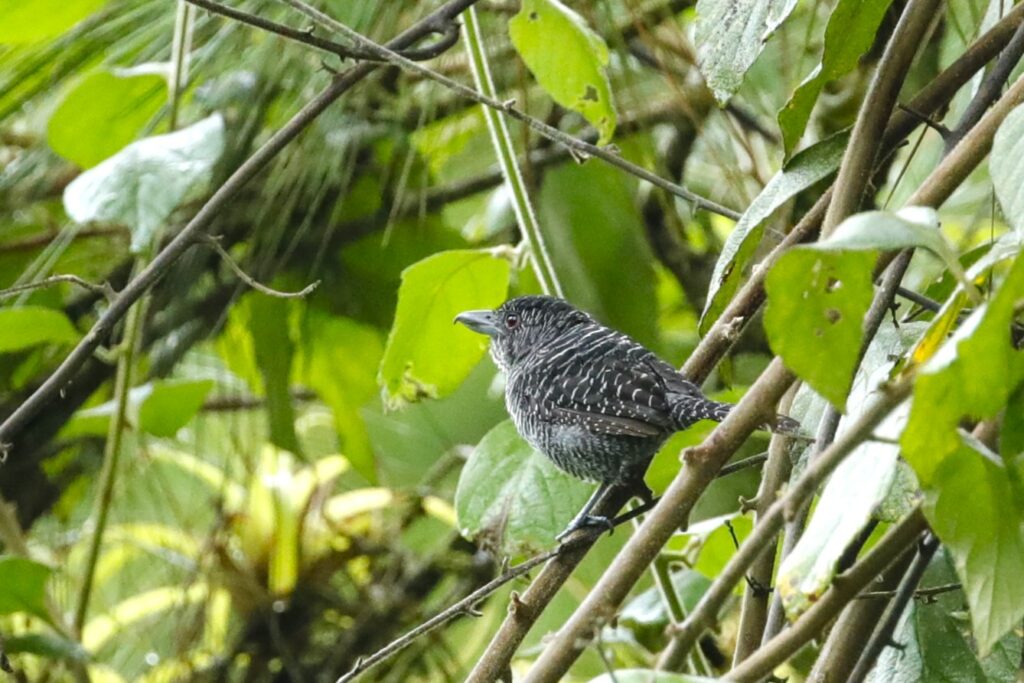
Sendero El Dique
When a birder thinks of tropical Central American jungle birds, two of the bird families that come to mind first are Motmots and Trogons. Both of these rather large birds possess very appealing characteristics to include bold colors, attractive patterning and long tails.
Until now, I was striking out on these birds. That was about to change. First you hear, then you see. Excellent looks. Whooping Motmot and Slaty-tailed Trogon! In a very short period of time we logged 30 birds, many of them lifers. One other major highlight was the Rosy Thrush-Tanager, a gorgeous bird by anyone’s standard. This bird seemed to love human company. I felt like he was trying to tell us something. He smiled for some photographs and we moved on.
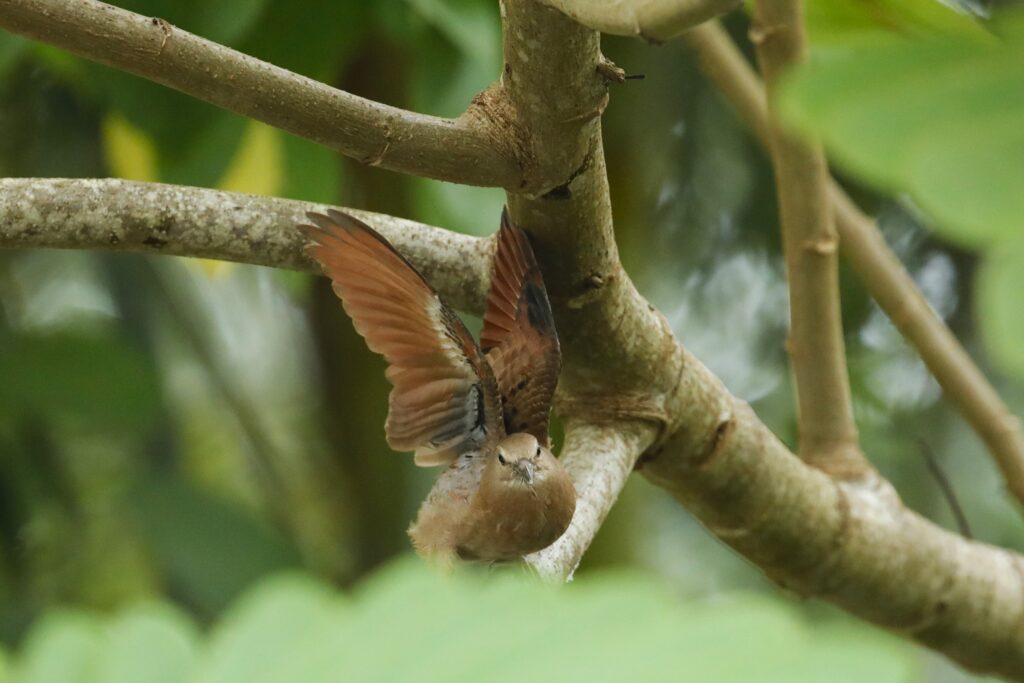
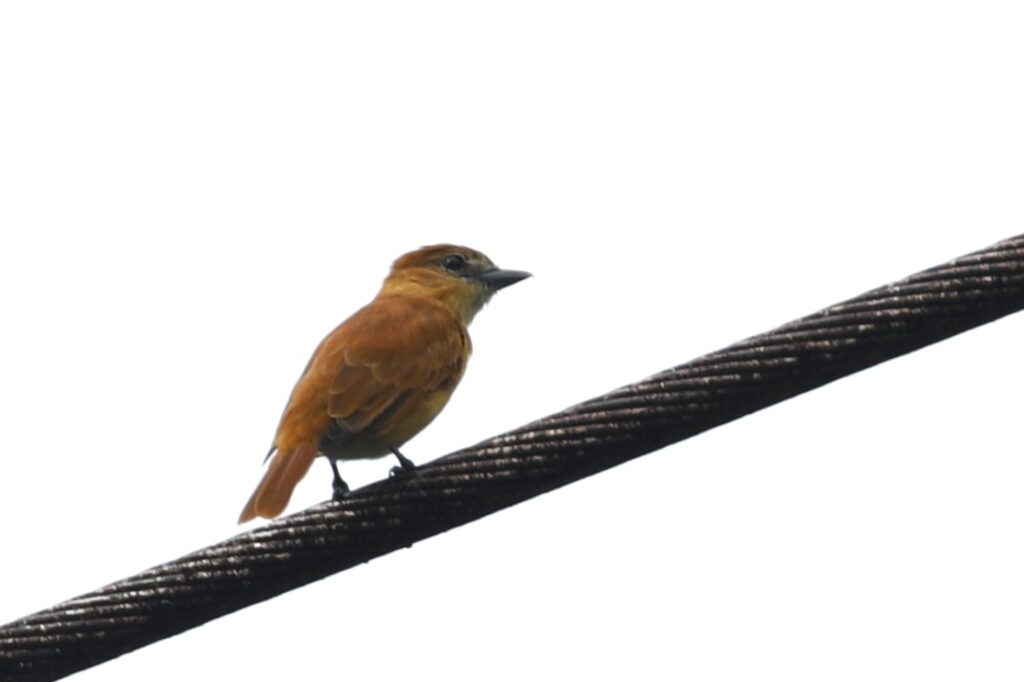
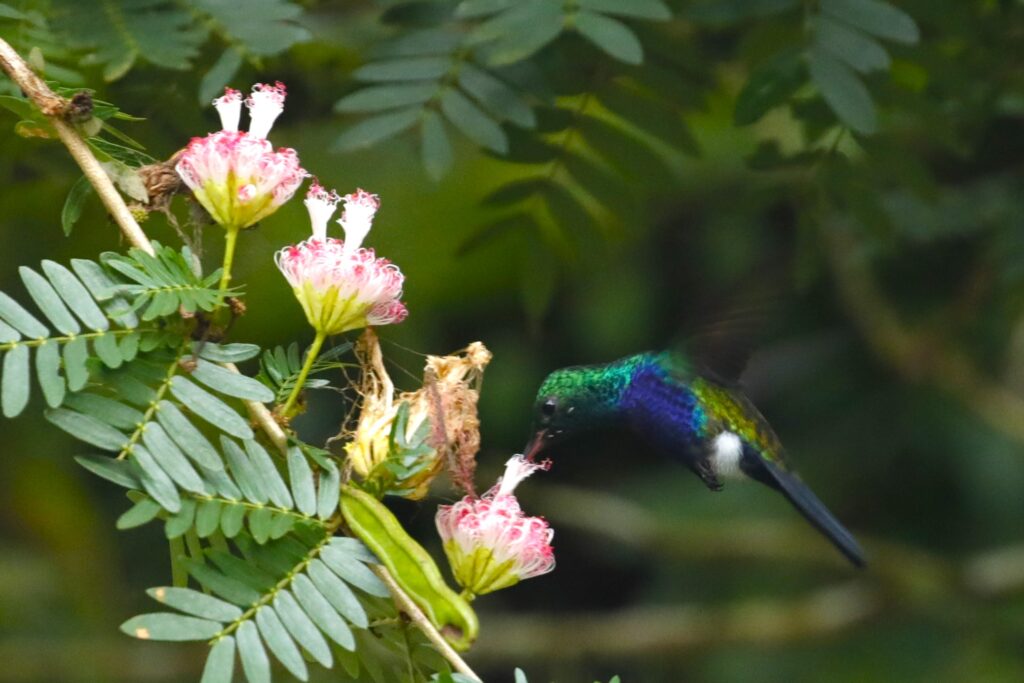
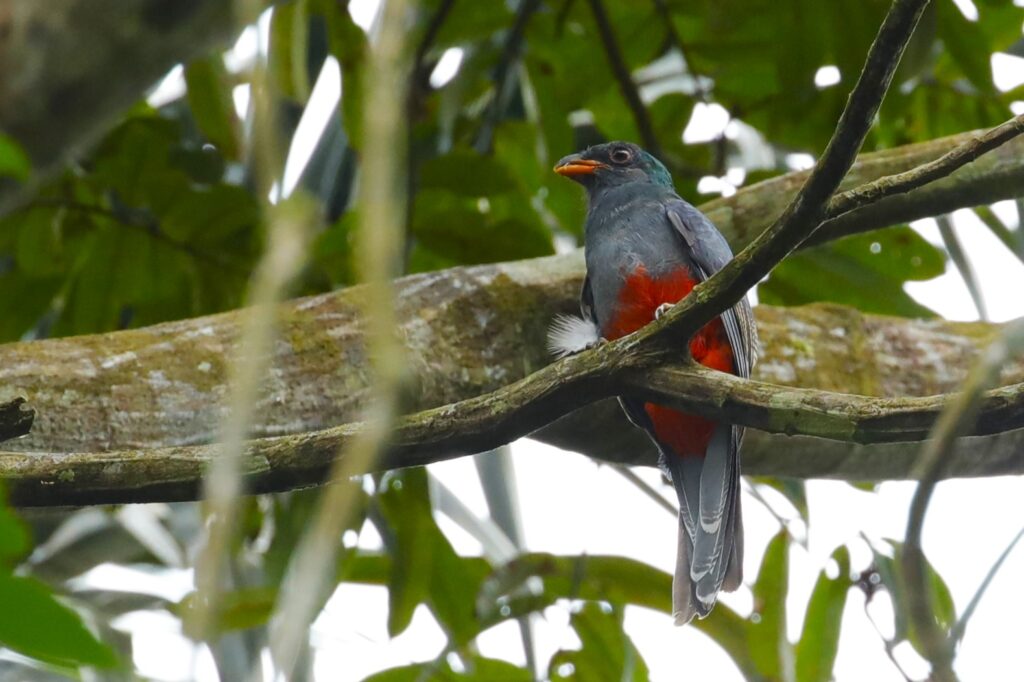
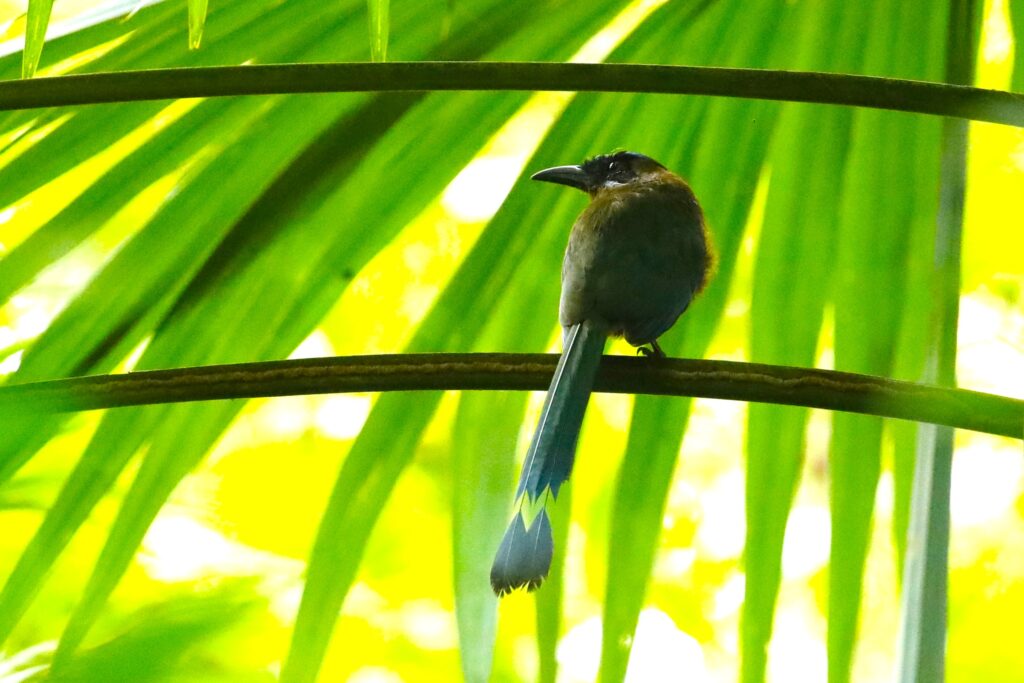
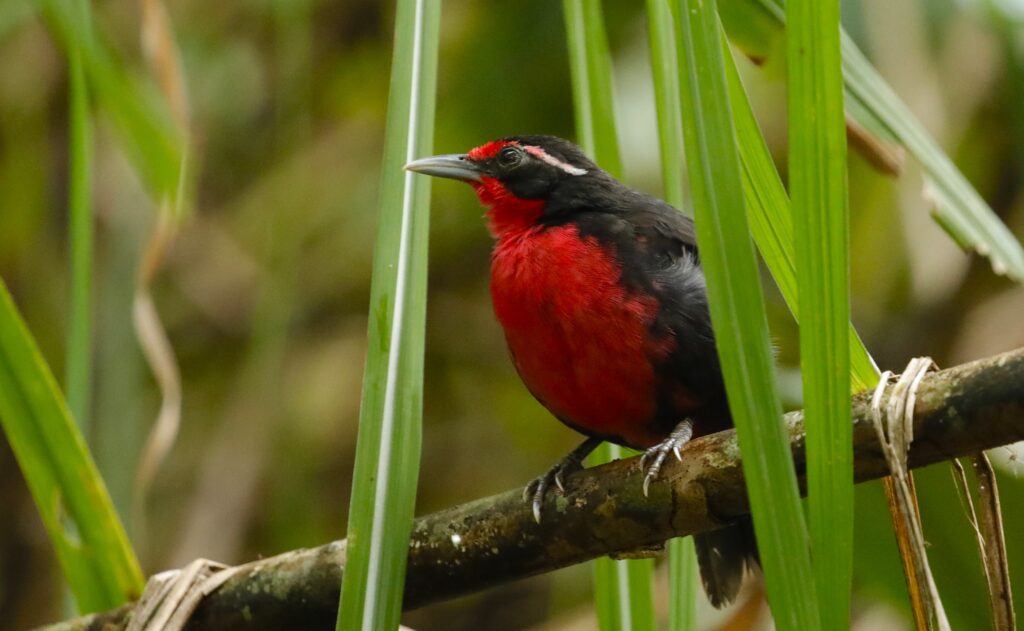
Pipeline Road
We wasted no time making our way to Pipeline Road. We hit this location on our first morning after checking in to the Gamboa Rainforest Resort. With very limited time, I would not risk a rain-out in the rainforest. We arrived at the first parking lot at about 6:45am. We got a glimpse into the future when we saw the Canopy Tower truck carrying a lot of wide-eyed bird enthusiasts to the Nature Center at the entrance to the birding site.
As for Mirka and I, we walked in about 1.5 miles and turned back out. I was happy to have my rubber boots as it was a bit soggy in some spots. The sounds were amazing. Of course, I could identify almost none of them by sound. Merlin Sound ID was doing a little better and it helped. Don’t worry, I am not one of those that records on my list every bird that pops-up on the Sound ID. But it was a way for me to learn sounds and screen what Merlin was thinking with my own ears. I learned several sounds from that walk that would help me in the future: Cocoa Woodcreeper, Black-faced Antthrush, Gartered Trogon, Green Shrike-Vireo and Great Tinamou.
I cannot imagine what we could have done with an expert guide. On our own, we did 31 birds.
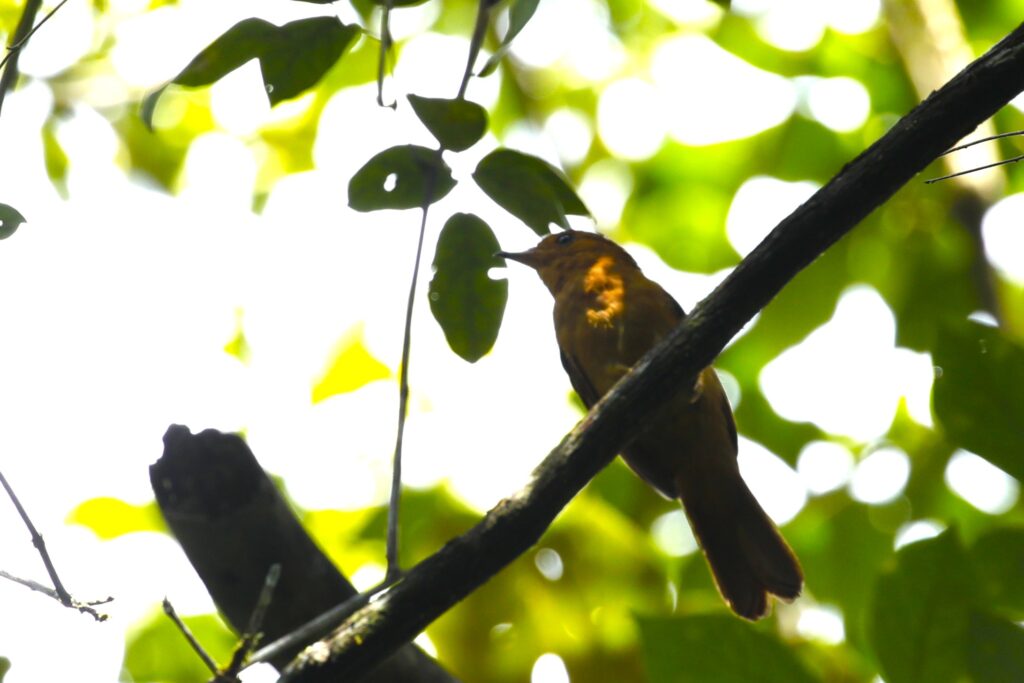
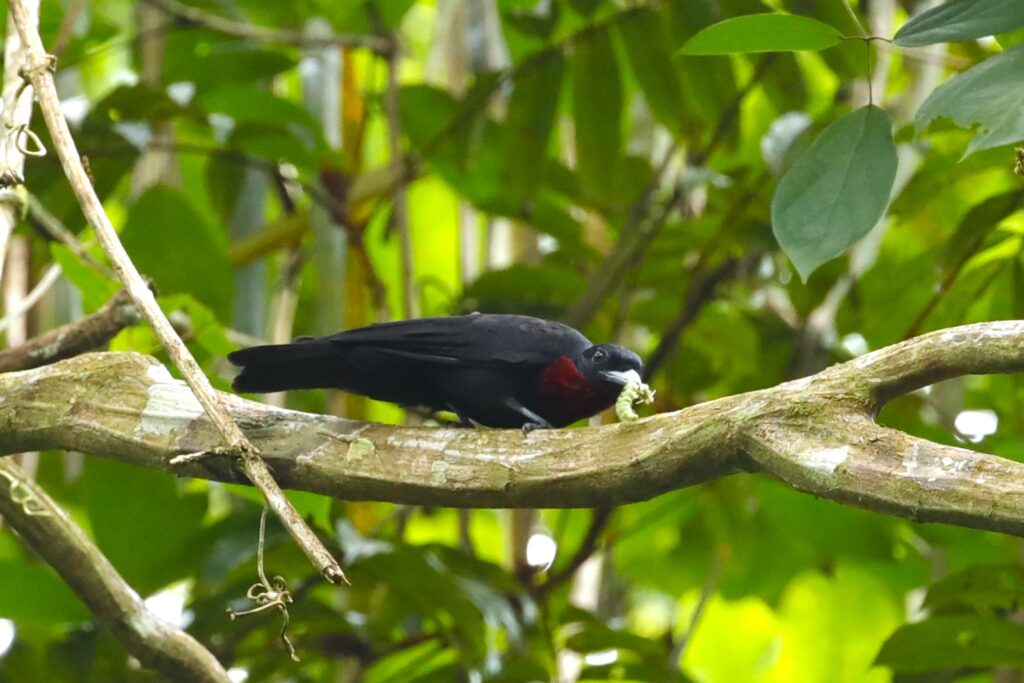
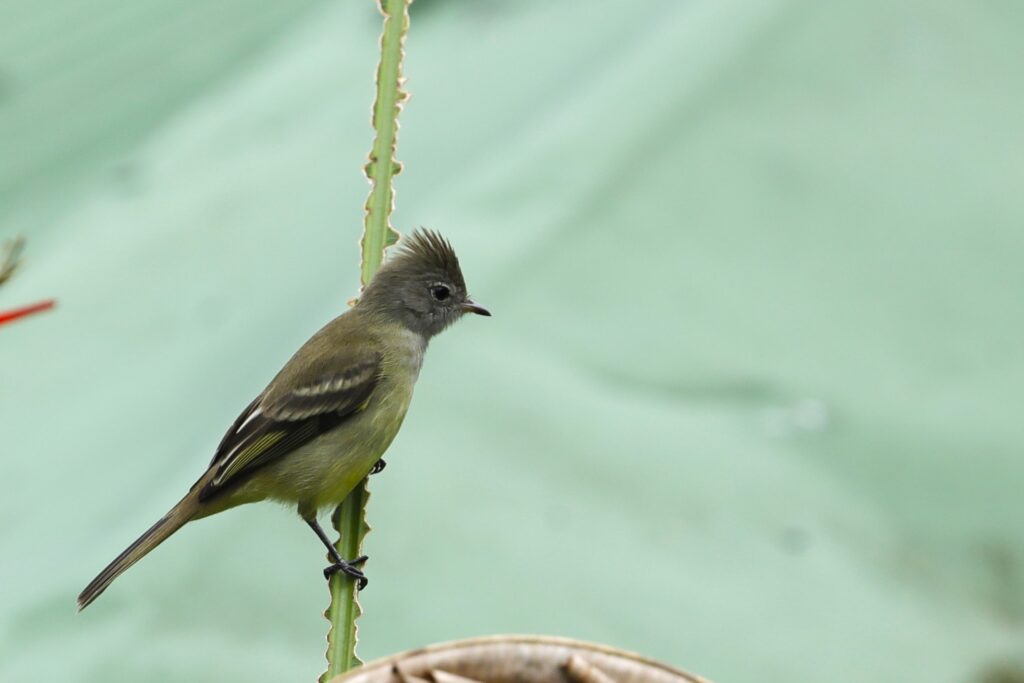
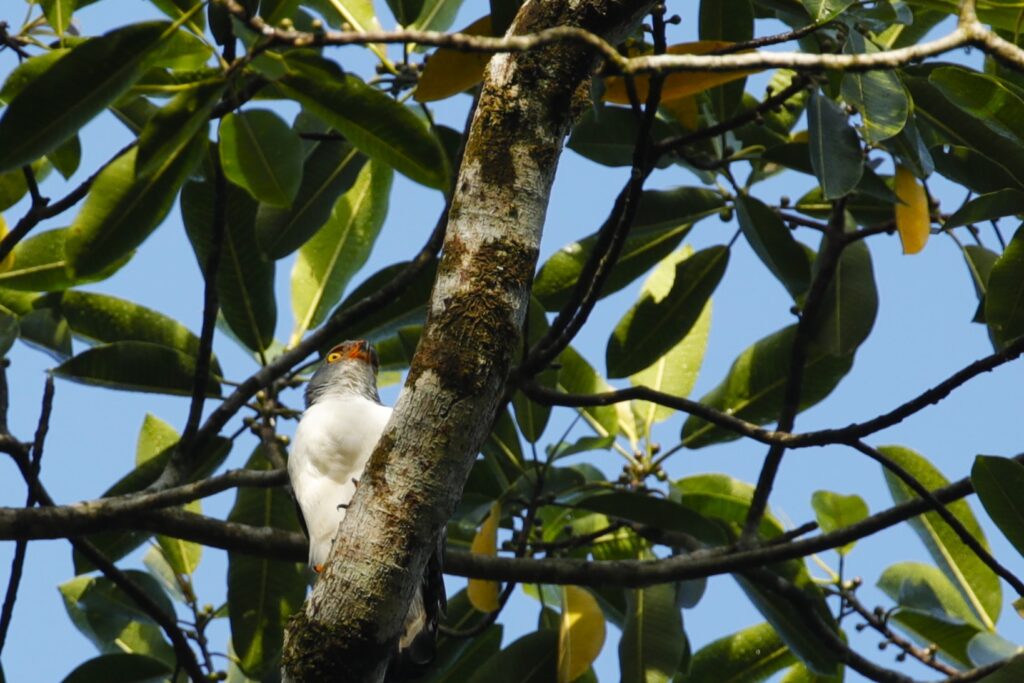
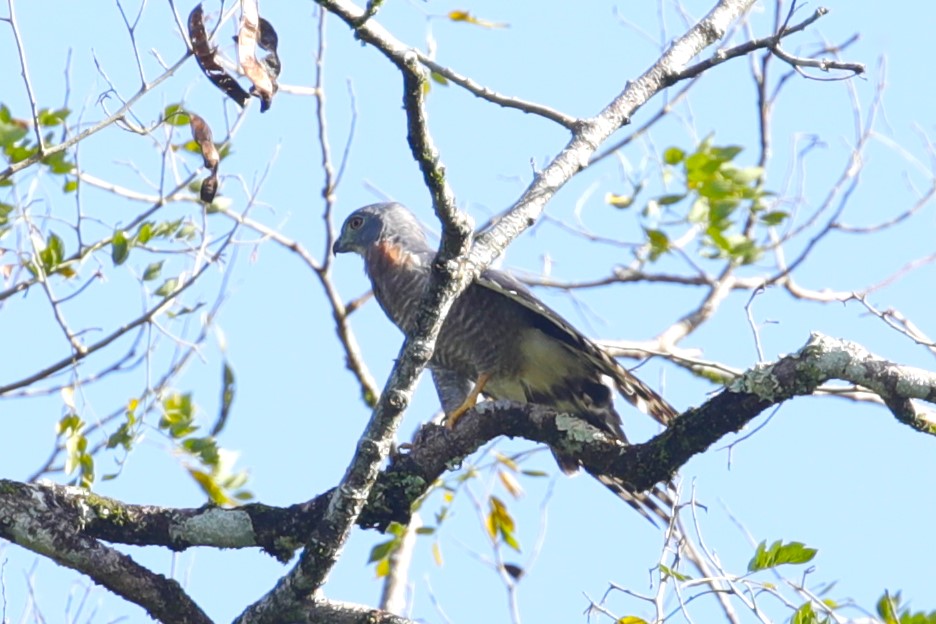
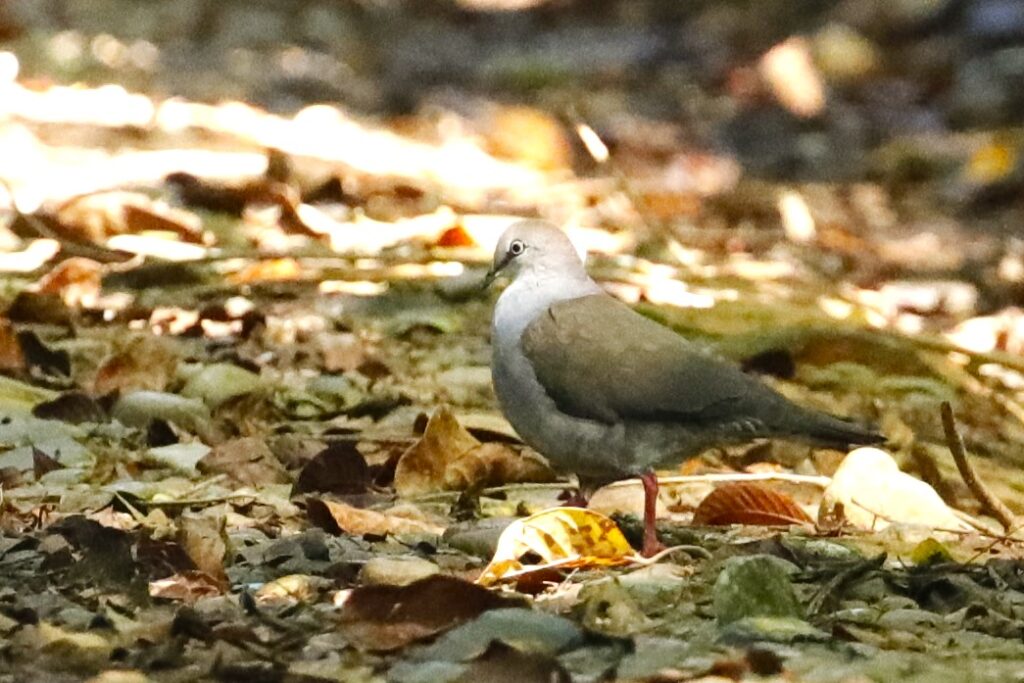
THE ROAD BACK TO THE CITY
Although our stay at the Gamboa Rainforest Resort was over, we were not done birding around Gamboa. We would need to travel back to Tocumen to our hotel where we would await our shuttle to the Darien. We left early and planned a couple of stops on the way.
The first stop was Sendero El Charco. This was a nice stop early in the morning. White-winged Becards and Purple-throated Crows were in the trees at the entrance welcoming us with their call. Note to self: Purple-throated Crows are not crows (corvids). They are actually Cotingas.
If I ever run out of trips to write about, I will write about some of the really bad name choices for birds. You can excuse some names that have been around since the early days of bird naming, but to this day, the powers to be change perfectly good names into utterly confusing names. I bet they laugh about it.
Anyway, the highlight of this walk was the hearing of, identification and then finding of and photographing the properly named Plain-brown Woodcreeper. As woodcreepers go, this is one of the easy ones to identify in a glance. Many others required a very good grasp of the subtleties of appearance or identify by sound.
The last stop on this segment of the trip was Summit Gardens. A massive botanical garden which is not only a birding hotspot but a family hotspot, too. When we arrived a little before lunch, there were already hundreds of patrons.
Despite the obvious impact on the birding, it was really great to see so many families and couples enjoying the outdoors. No doubt there were birthdays, anniversaries, reunions and other organized events happening. We even saw a little fashion show for small children. Oh, and did I mention, this is also a zoo.
The highlight of this trip was a juvenile Great Black Hawk feeding on the ground and seeing all the families having a great time!.
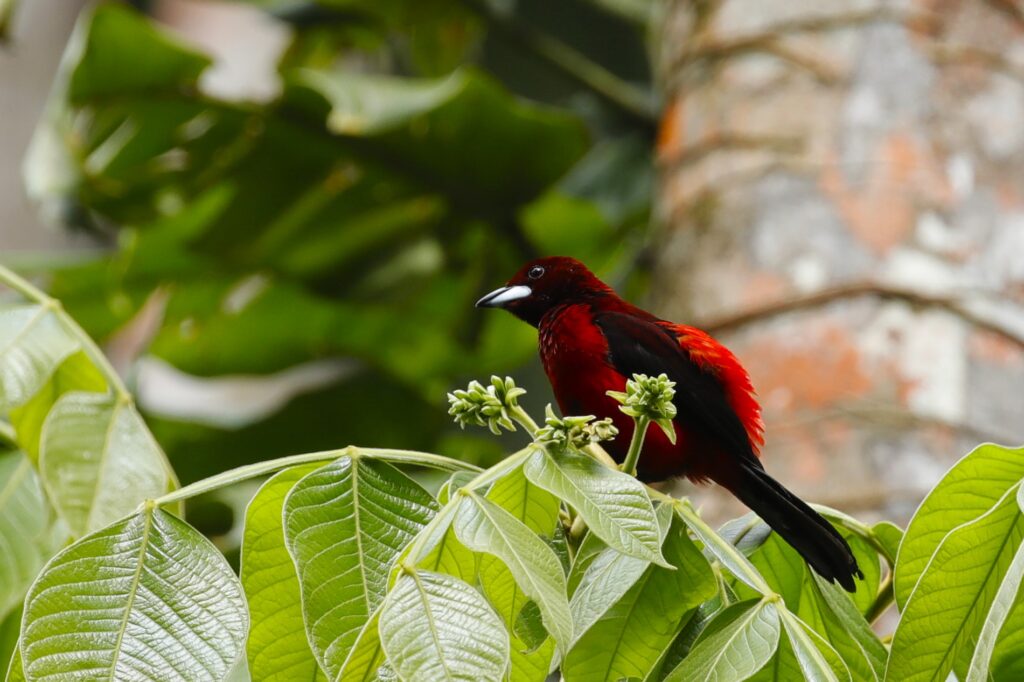
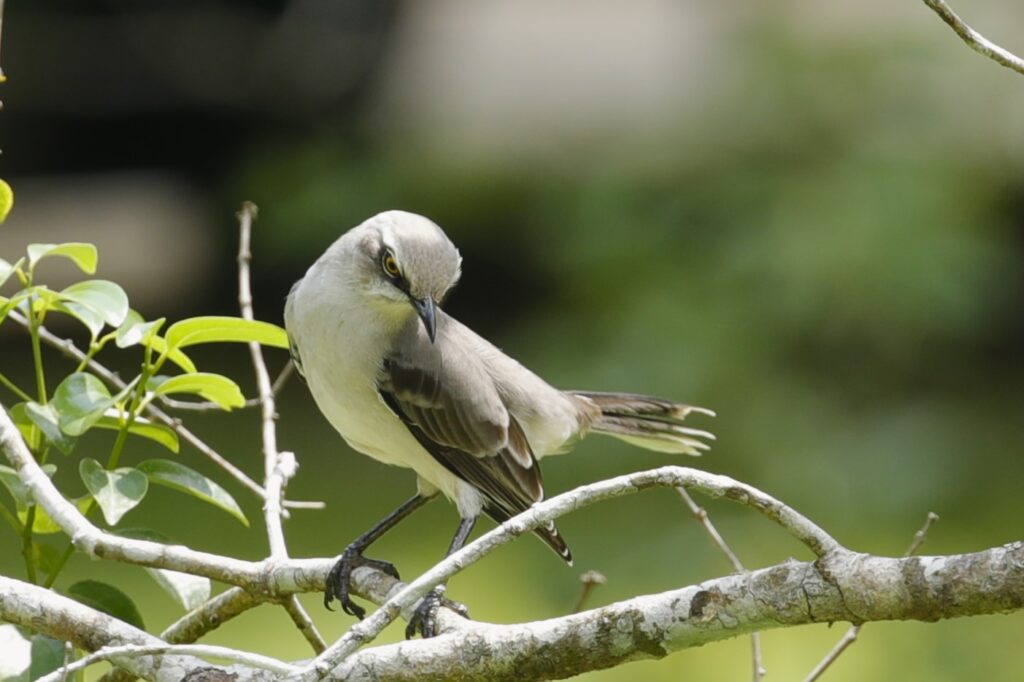
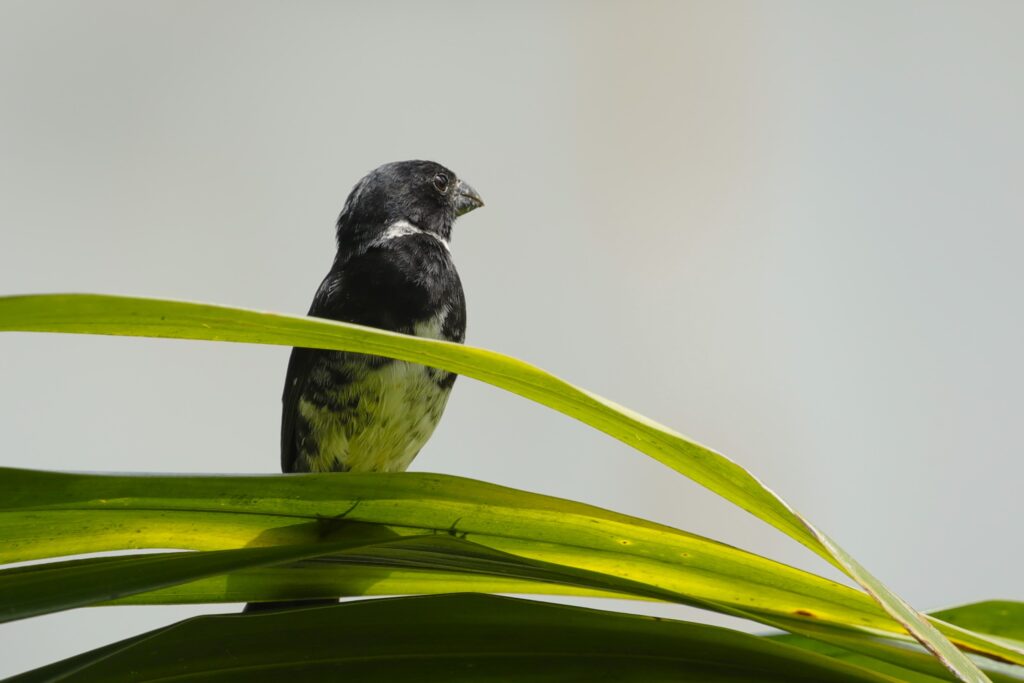
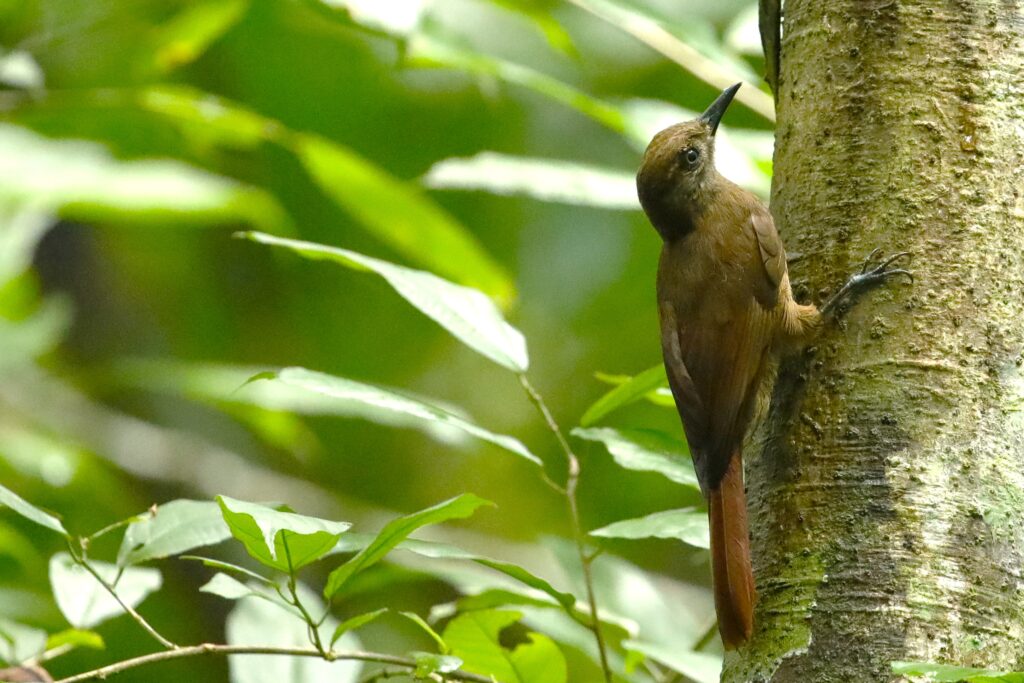
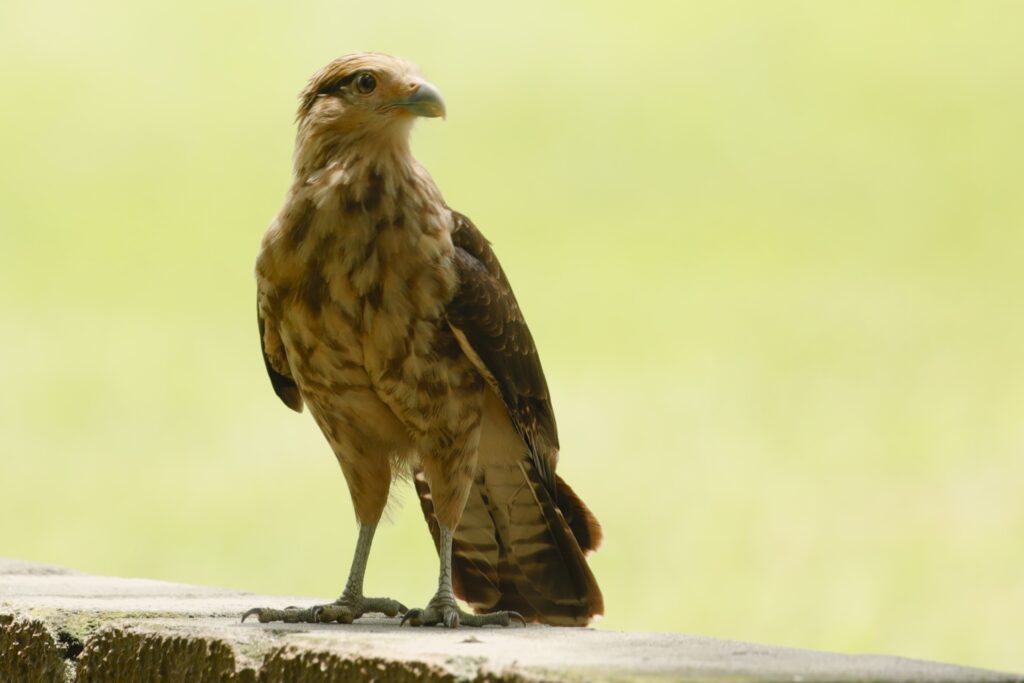
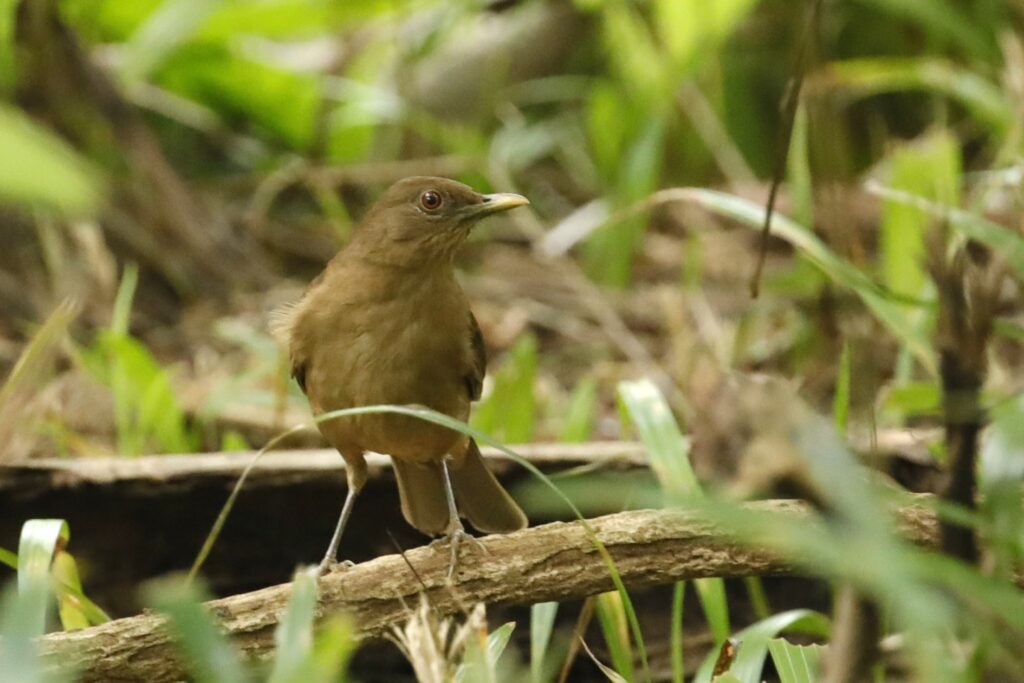
BIRDING AROUND GAMBOA WRAP
What a great start! Birding on your own really drives you to pay attention to details of bird’s appearance and behaviors and sounds. Study is required. There is a deep satisfaction with hearing or seeing a bird and working through the identification with confidence.
In Panama City (mostly Isla Taboga) I added 14 lifers. In the same time while birding around Gamboa I added an additional 53 lifers to bring my life count to exactly 900!
One thing I noticed was that with each bird my wife, Mirka, was able to see before me and show me. Or try to show me. She increased her confidence and enthusiasm. When we heard a bird and would go to Merlin to listen to what we thought it was, she was always better than me at getting it right. I sensed a change brewing in her attitude. She was on the spectrum somewhere between bird watcher and birder. And she was sliding.
Let’s see what happens next in the Darien.
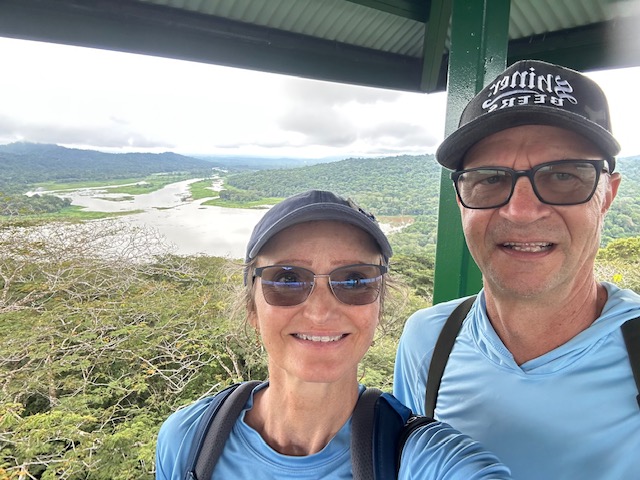

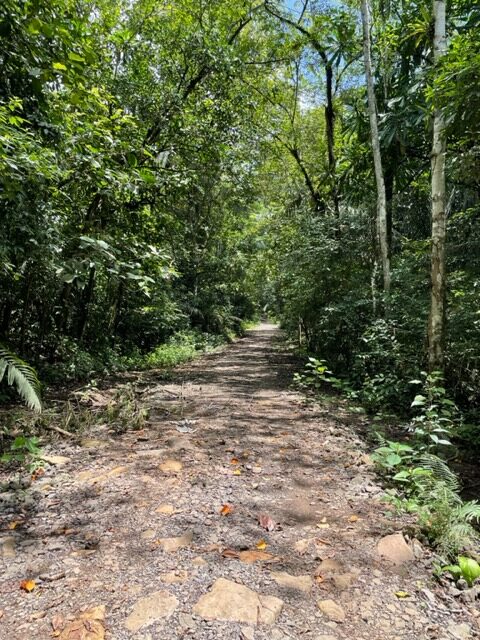
Joel and Mirka, those were exciting times. Do it while you can. I think you will be breaking records soon. Your experiences will become contagious. I will never forget 2009 when our birding group of 24 climbed that tall metal tower at 6:30 a.m. in the Eugene Eisenman preserve. At daybreak, a Blue Cotinga get our attention flying over the top of the canopy. It was a spectacle. That stimulated the sale of several Blue Cotinga T-shirts that some members still wear to Trout Lake Nature Center functions.
Congrats on your 900th lifer! That’s huge! This area sounds like it was a dream to explore and identify birds! I always think of travel and exploring as a privilege to be in the home of wildlife, and it seems like this was quite the bird’s home! Also love that mom is finally getting more enthusiastic about birding! 🙂
Thanks!
I love going on birding trips with you honey , it’s always a new experience and we are together in nature!! Love you!